Sound transmission disaster, now what?
k9fan
12 years ago
Related Stories
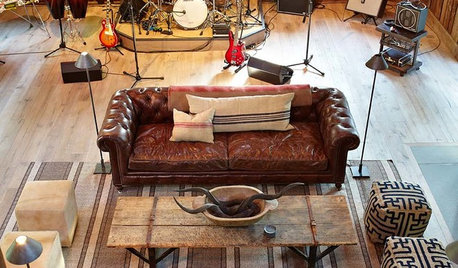
THE ART OF ARCHITECTURESound Advice for Designing a Home Music Studio
How to unleash your inner guitar hero without antagonizing the neighbors
Full Story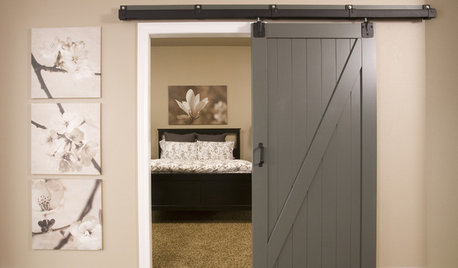
BASEMENTSA Raw Washington Basement Gets Serenity Now
Neutral tones and custom storage infuse a family's newly finished basement with a restful air
Full Story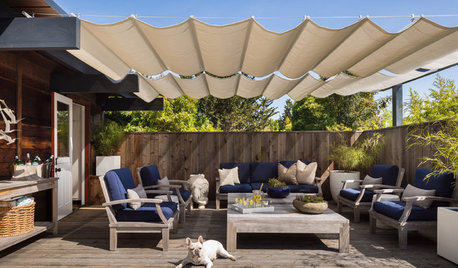
DECKSTrending Now: Step Outside With These 20 Decks
Get inspired for your own project or just take in the view of these recently uploaded spaces getting the love of the Houzz community
Full Story
KITCHEN DESIGNTrending Now: 25 Kitchen Photos Houzzers Can’t Get Enough Of
Use the kitchens that have been added to the most ideabooks in the last few months to inspire your dream project
Full Story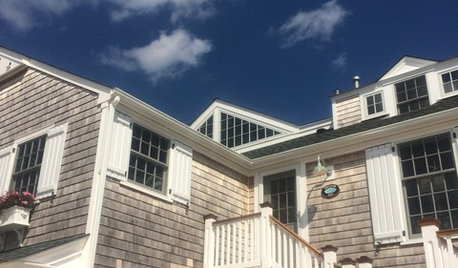
DISASTER PREP & RECOVERYHouzz Tour: Family Rebuilds Home and Community After Hurricane Sandy
This restored coastal New Jersey house — now raised 9 feet off the ground — offers inspiration for neighbors considering a return
Full Story
REMODELING GUIDES11 Ways to Hurricane-Proof Your House
From smaller tasks you can do right now to bigger renovation projects, these strategies can help keep you high and dry at home
Full Story
MOST POPULARWhat to Do After a Hurricane or Flood
How you treat your home after a natural disaster can make all the difference in its future livability — and your own personal safety
Full Story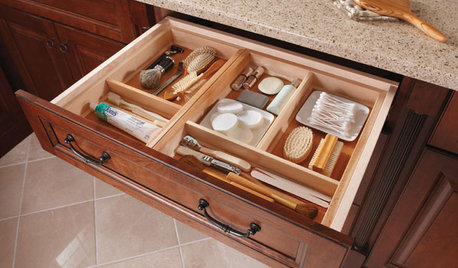
MOST POPULARHow to Create an Inventory, Whether You're Naturally Organized or Not
Documenting your home items is essential, even if disaster seems unimaginable. And it may be easier than you think
Full Story
MOST POPULAR15 Remodeling ‘Uh-Oh’ Moments to Learn From
The road to successful design is paved with disaster stories. What’s yours?
Full Story
ARCHITECTURE4 Things a Hurricane Teaches You About Good Design
When the power goes out, a home's design can be as important as packaged food and a hand-crank radio. See how from a firsthand account
Full StoryMore Discussions






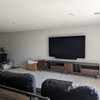
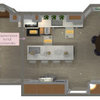
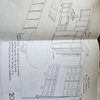
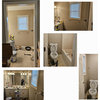

brickeyee
worthy
Related Professionals
Newington Kitchen & Bathroom Designers · Salmon Creek Kitchen & Bathroom Designers · Eureka Kitchen & Bathroom Remodelers · Westchester Kitchen & Bathroom Remodelers · York Kitchen & Bathroom Remodelers · Wilmington Island Kitchen & Bathroom Remodelers · Bell General Contractors · Bound Brook General Contractors · Centereach General Contractors · Flint General Contractors · Mount Vernon General Contractors · Port Saint Lucie General Contractors · Saginaw General Contractors · Torrington General Contractors · View Park-Windsor Hills General Contractorsscrappy25
User
worthy
k9fanOriginal Author
jonnyp
Vertise
pprioroh
renovator8
worthy
divadeva